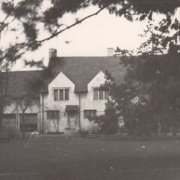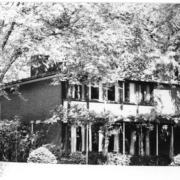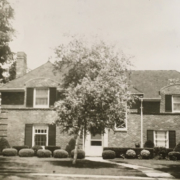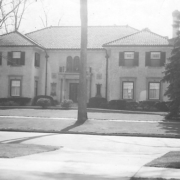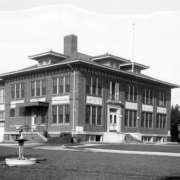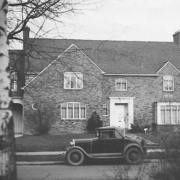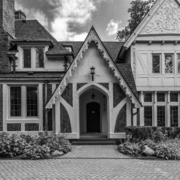Historical Architecture of Grosse Pointe – 6 Woodland Place
Last week we took a closer look at 2 Woodland Place, the venue of this year’s GPHS gala. Completed in 1928, 2 Woodland Place sits on 1.4 acres and overlooks Lake St. Clair. It was architect Robert O. Derrick’s third project on the street and was extensively remodeled by Hugh T. Keyes in 1941. This week we conclude our exploration of Woodland Place with a visit to number 6. Completed in 1925, this 4,876 sq ft home was created in an English architectural approach. The house was commissioned by Harry Seymour Finkenstadt and was designed by Robert O. Derrick – his second project on the street.
6 Woodland Place is a striking home. We were lucky enough to have been contacted by one of the former owners Dr. Delf Dodge who lived at the residence with her husband Mr. Timothy Dodson and their family for 22 years (1992 through to 2014) – they were only the third owners. Much of the following information was kindly supplied by Delf to help share the story of this amazing property.

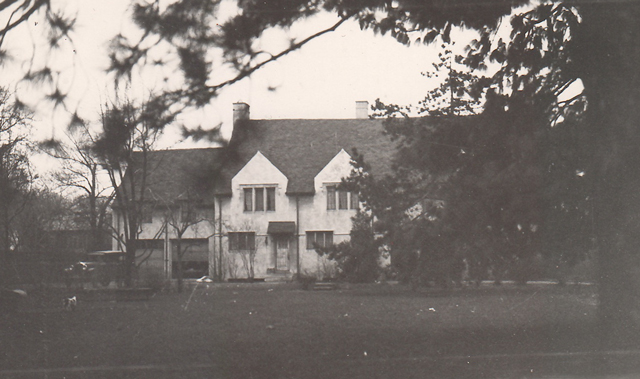
Beginning with the original blueprints, we understand the architect Robert O. Derrick labelled the plans as a design for the ‘Finkenstadt Apartments’. We don’t have any additional information about this but clearly the apartments became a house. The exterior of which is typical of the English architectural approach, featuring a steeply pitched roof, rough-textured stucco walls, multiple small windows, and an asymmetric configuration. The three large gables interrupt the line of the tile roof on the front elevation, thereby creating a focal point for the design. Photos are courtesy of Dr. Delf Dodge.
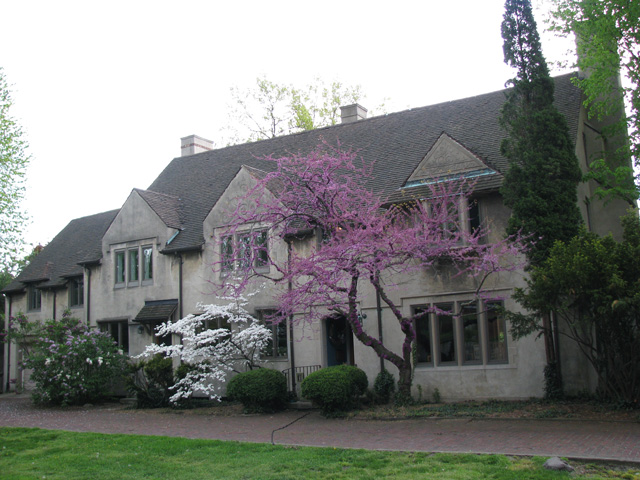

The interior of the home is packed with architectural details that one would expect of a home Robert O. Derrick designed during the 1920’s. The wood in the house is gorgeous. When Dr. Dodge moved into the property (in 1992) she was astounded to find the kitchen still had the original 1925 fridge in it. The fridge had several thick wooden doors, including a large door to hold flower arrangements, a tile floor inside, and brass fittings. It was powered by a compressor in the basement.
Based on information from Delf, we understand “the house had three fireplaces, in the library, the living room, and the primary bedroom on the second floor. The library is paneled in gumwood, complete with a built-in humidor along with a door to the outside that is hidden behind one of the panels. There was a mother of pearl button in the wall next to the powder room that released a hidden latch, allowing a panel a panel in the library to pop open and reveal a door to the timbered terrace.” Photo is courtesy of Dr. Delf Dodge.
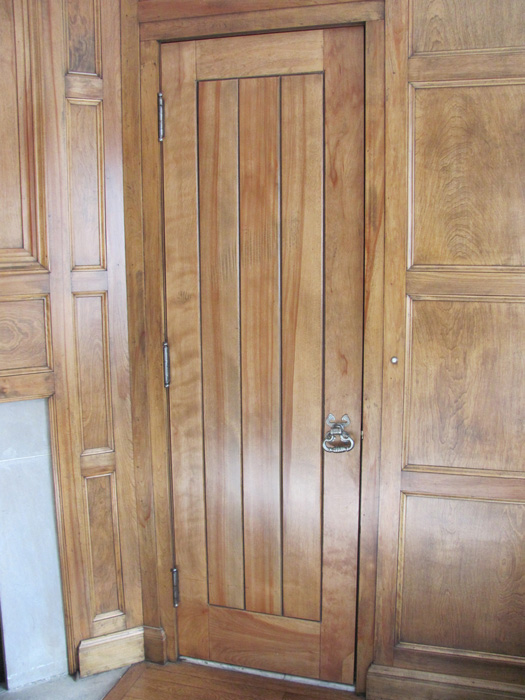
Dodge shared, “there was an interesting approach to managing summer heat in the house as well. In the family bedrooms on the second floor, each door opening held two separate doors, either or both could be opened and closed. If full privacy was wanted, the solid door could close, however, if one wished visual privacy but also wanted air to move through the room, the vented door could be closed, and the solid door left open. Each of these doorways also had a framed glass opening above the door that could be adjusted to an open position, closed, or a step in between the two. The framed glass panels had an elaborate but quite functional bar and catch system that allowed one to adjust the size of the opening, and hence, the amount of air flow through the bedrooms. This 1925 version of air conditioning was quite effective.”
The dining room and entry hall floors were black and white ceramic tile. Other floors in the main part of the house were white oak, while the floor in the service area was red oak. Delf explained “the annunciator panel was still in the service hall on the second floor when we owned the place. The buttons to activate the panel had been removed before we arrived, but the panel indicating where a service person’s attentions were wanted still had its glass, room designations and dials.” Delf also described the 2” thick doors and the beautiful door hardware – “in the first-floor living area, each door hinge had a decorative plate, and hammered pewter finish handles rather like those now associated with exterior doors. A few of the doors had pewter loop releases, while the door hinges and handles/loops on the second floor were brass.” Photos are courtesy of Dr. Delf Dodge.
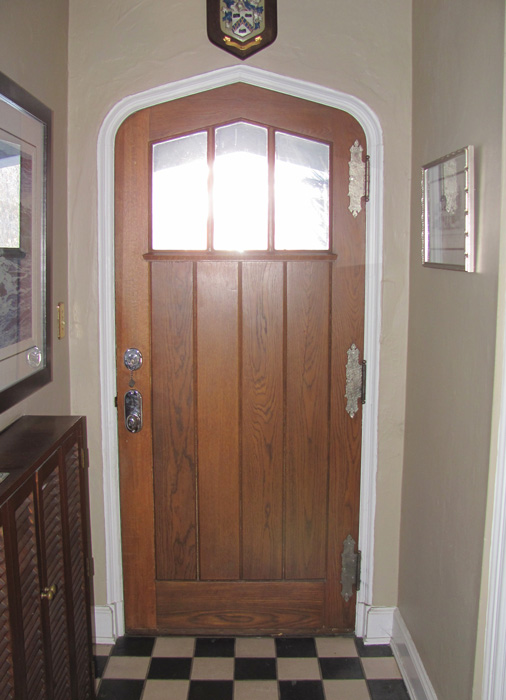

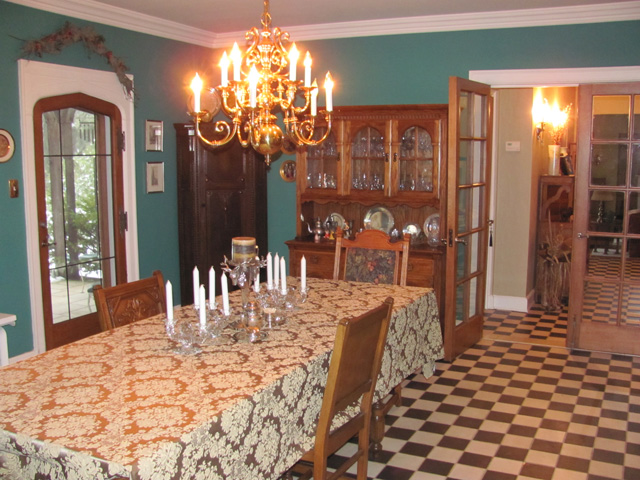
One final interesting fact from Delf was “the pear trees that were (or still are) located in the garden date back to the old ribbon farms, and during her time at the property the trees were still bearing pears.” It is truly remarkable to think this is still possible.
Prior to Dr. Dodge purchasing 6 Woodland Place, we believe the home was sold in January 1956 for $79,000 (around $883,000 today) to Alex Weiner. Prior to that, it appears Harry and Eliza Finkenstadt first listed the home for sale in September 1932, however our files indicate the property was taken off the market and rented instead for $400 a month (around $8,800 today).
Harry Seymour Finkenstaedt, the original owner of 6 Woodland Place, was born on 7 July 1889, in Bay City, Michigan. Having served in World War I with the aviation corps, he was honorably discharge and returned to Detroit where he took the position of western sales agent of the Carbon Steel Co. Pittsburgh. On November 15, 1919, he married Eliza Moody Clements in Bay City. Together they had four children. Harry Finkenstaedt died in 1965, in Hyannis Port, Massachusetts at the age of 76. Eliza Finkenstaedt passed away on 24 February 1985, in Hartford, Connecticut. Photo courtesy of: Detroit Free Press (May, 1949).
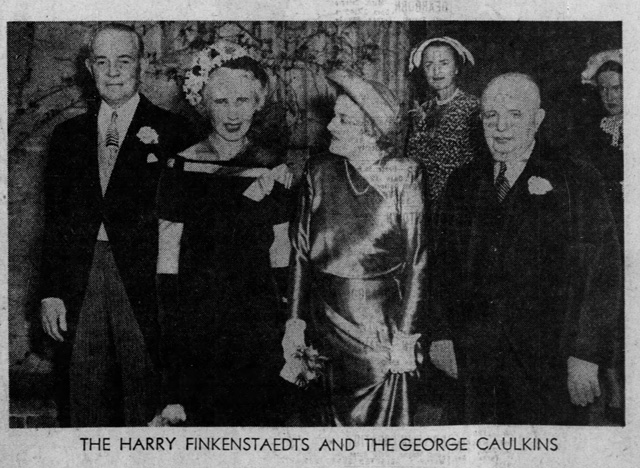
6 Woodland Place is a sublime home, with a rich architectural history. We would like to take this opportunity to thank Dr. Delf Dodge for not only contacting us about her family’s former home, but for also taking the time to send us so much incredible information and photos.
*Photos courtesy of the Higbie Maxon Agney archives unless stated.** Research, information, and data sources are deemed reliable, but accuracy cannot be fully guaranteed.
Written by Katie Doelle
Copyright © 2023 Katie Doelle

